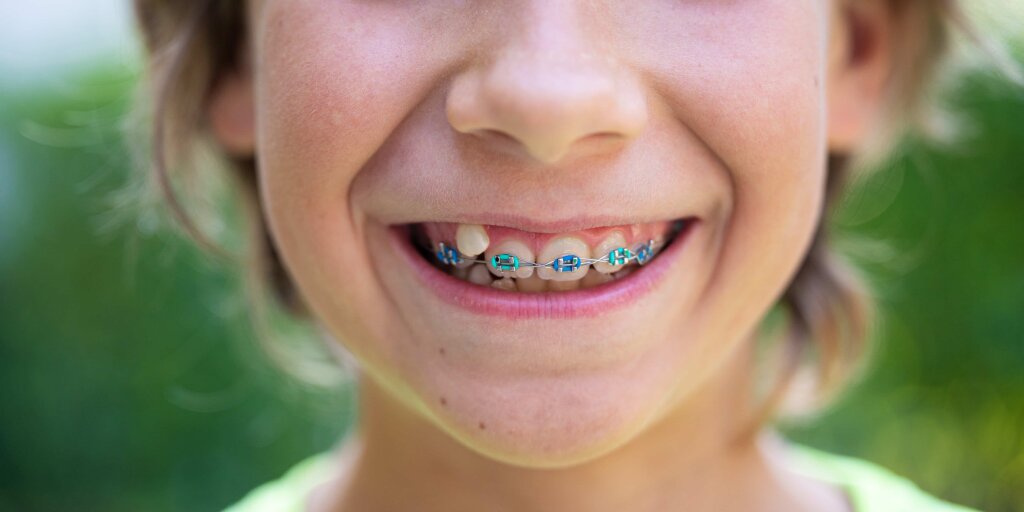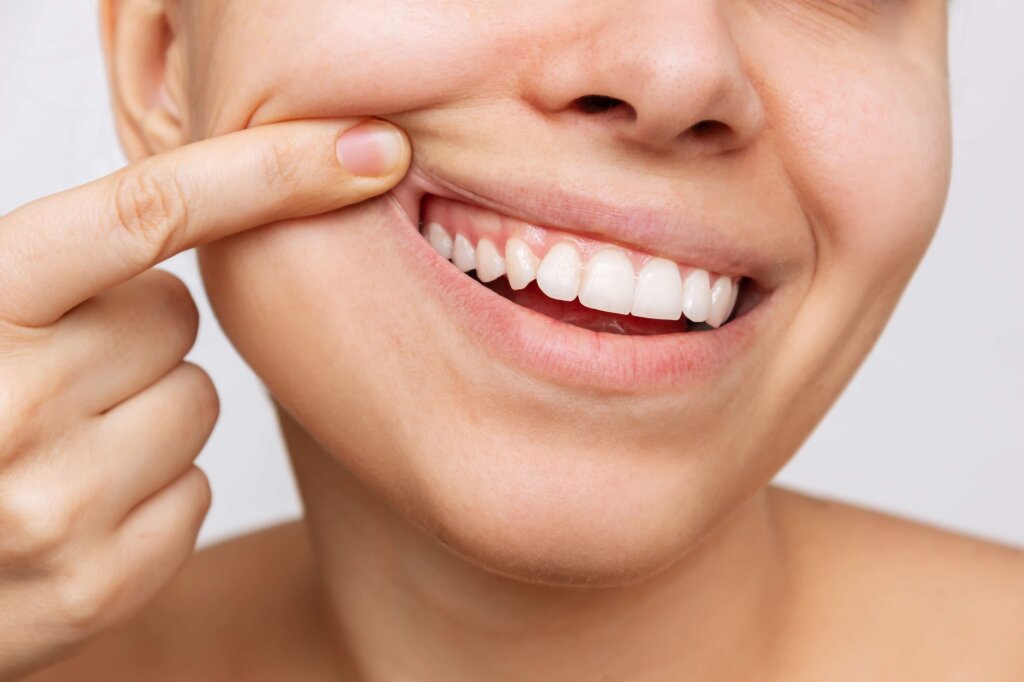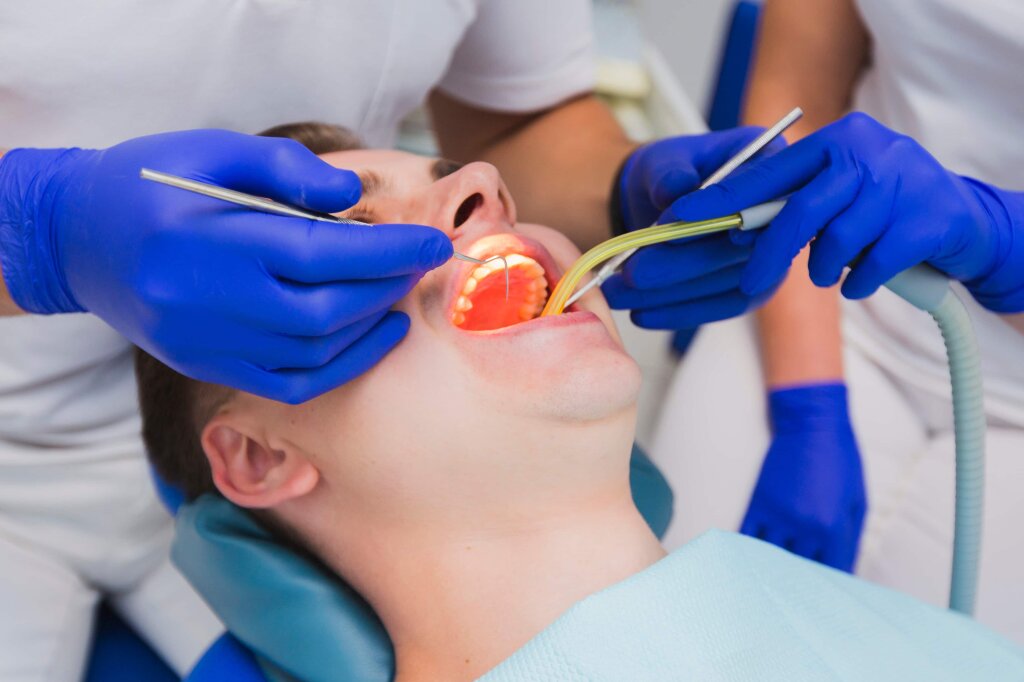The use of braces in children is one of the most frequently asked questions by parents. Many families seek orthodontic treatment to ensure that their children’s teeth grow straight and achieve an aesthetically pleasing smile. However, there are many important details to know about using braces. In this article, we will discuss why braces may be necessary for children, the ideal age to start treatment, and what parents should consider during this process.
Why Might Braces Be Necessary?
Braces are often used in children to correct orthodontic issues such as misaligned teeth, crooked teeth, excessive gaps, or when the upper or lower jaw is positioned too far forward or backward. These problems are not just aesthetic concerns but can also hinder the proper function of the teeth. Orthodontic treatment helps align the teeth correctly and improves chewing function.
Orthodontic treatment is an important step in preventing future dental problems as the child grows. Properly aligned teeth help prevent gum disease and wear on the teeth. In addition, well-aligned teeth make cleaning and maintenance easier.
When Should Children Start Using Braces?
The ideal age to start using braces in children depends on the child’s dental development. Generally, the best time to start orthodontic treatment is when the baby teeth have been replaced by permanent teeth, which usually occurs between the ages of 7 and 14. However, in some cases, treatment may need to start earlier. Therefore, it is important to regularly check your child’s dental structure and follow the recommendations of your dentist.
Early orthodontic treatment can help prevent more serious problems and shorten the treatment process. For example, if the child has a jaw problem, early intervention can resolve the issue before it becomes more severe.
Types of Braces and Their Purposes
There are different types of braces available for children, each with its own unique advantages. Here are the most common types:
Metal Braces: Traditional metal braces are known for their durability and effective results. They are the most commonly chosen option for children. Modern metal braces have been made thinner and less noticeable, making the treatment process more comfortable for children.
Ceramic Braces: Ceramic braces are less noticeable because they have a color similar to the teeth. They can be a good option for children with aesthetic concerns. However, ceramic braces are more fragile compared to metal braces.
Lingual Braces: Lingual braces are placed on the back surfaces of the teeth, making them invisible from the outside. These braces are ideal for children who are concerned about their appearance, but they can be more difficult to maintain compared to other types.
Clear Aligners: Clear aligners (Invisalign) are transparent trays placed over the teeth. They are suitable for mild orthodontic problems and are the least noticeable option. However, they may not be suitable for all orthodontic conditions.
The Braces Process: What Parents Should Know
When your child starts using braces, some habits may need to change. Here are some important points parents should be aware of during this process:
Regular Brushing and Flossing: Children with braces need to pay extra attention to oral hygiene. Braces can increase food residue and plaque buildup, so regular brushing and flossing are essential. Otherwise, cavities and gum problems may develop.
Avoid Certain Foods: Children with braces should avoid hard, sticky, or sugary foods. These types of foods can damage the braces or cause plaque buildup around the teeth. Parents may need to monitor their children’s eating habits.
Regular Orthodontic Check-ups: It is important to have regular orthodontic check-ups during the braces treatment process. These check-ups are necessary to ensure that the treatment is progressing correctly and to make any necessary adjustments.
Be Prepared for the Treatment Duration: Braces treatment typically lasts between 18 months and 3 years. During this time, it is important for your child to be patient and follow the treatment plan. Parents should prepare and motivate their children for this process.
The use of braces in children provides significant benefits both aesthetically and health-wise. It is important for parents to closely monitor their children’s dental development and seek orthodontic treatment when necessary. With proper information and guidance, children can achieve healthy and well-aligned teeth. Braces treatment increases children’s confidence and helps prevent future dental problems.






